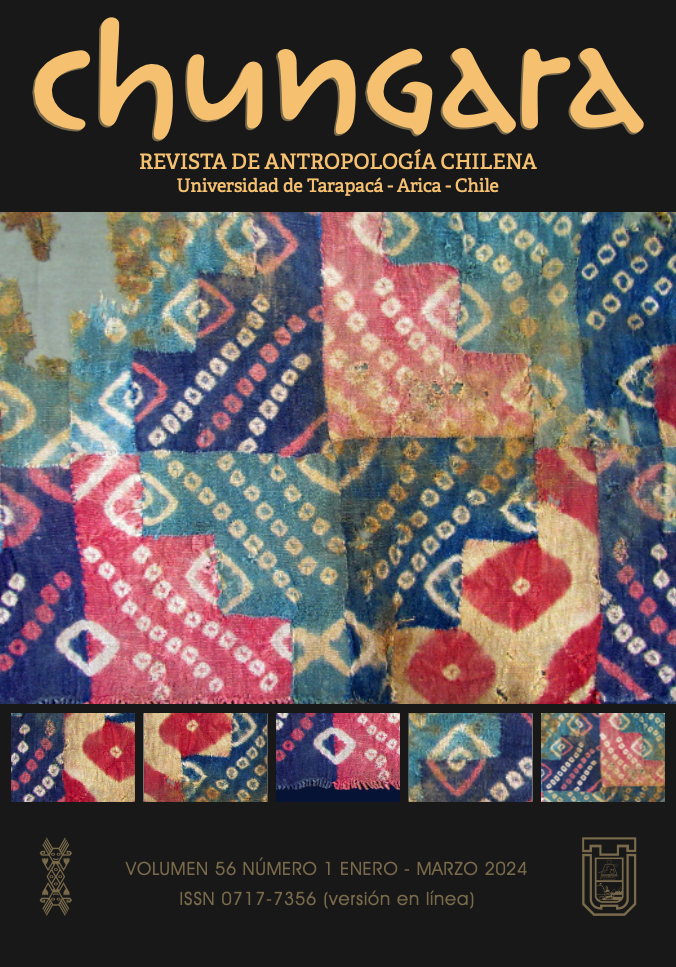LIVESTOCK IN RAPANUI AN ECONOMIC VARIABLE POLICY TO CONSIDER
LA GANADERÍA EN RAPA NUI, UNA VARIABLE ECONÓMICA POLÍTICA A CONSIDERAR
Rolf Foerster
Is it possible to understand the Rapanui political scene without considering the role of cattle raising? Why can cattle circulate freely on the Island and not humans? What symbolic value and what kind of agency do they bear? These are the questions we try to answer in this article, and we do that from the following premises (or hypotheses): cattle raising was the main engine of the island economy from the late 19th century until the 1960s, when Rapanui people were constrained to live in Hanga Roa; it was in that space of two thousand hectares where they deployed their breeding of cattle and horses, while in the “fiscal lands” of the National Park (14 thousand hectares) sheep farming was initially developed by a private company, and later by the Navy. In 1966, under the civil administration and due to the development of the tourism, Rapanui cattle raising challenged the sovereignty over the “fiscal lands” of the National Park. In that dispute, the horse played a central role, because of its “power... for being superior to us”, obtaining an important role in the agency of the society of the island until today.







